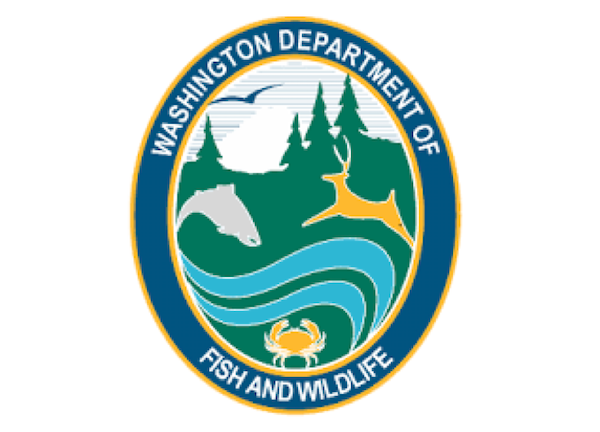Fish Report for 6-3-2021
WDFW confirms AHD in San Juan Islands deer

by WA Department of Fish & Wildlife Staff
6-3-2021
Website
MILL CREEK - Wildlife managers confirmed a viral infection known as adenovirus hemorrhagic disease (AHD) is affecting deer on the San Juan Islands this month.
Washington Department of Fish and Wildlife (WDFW) officials confirmed that AHD is behind an increase in reports of sick and dead deer across San Juan and Orcas Islands and suspect additional cases on Lopez Island after receiving laboratory results completed at the Washington Animal Disease Diagnostic Laboratory at Washington State University.
The disease is specific to members of the deer family and is not uncommon in other states, including Oregon where outbreaks occur every year. AHD was also found in British Columbia on the nearby Gulf Islands and on southern Vancouver Island during the fall of 2020.
The disease does not pose a risk to livestock, pets, or people – either from contact or by consuming the meat. Yet, in general WDFW staff recommend using disposable gloves for handling any wildlife carcass and to avoid harvesting or consuming animals that are visibly ill.
"This is the first documented instance of this disease in Washington since the last outbreak in Goldendale in 2017,” said Kristin Mansfield, WDFW veterinarian. "At this point, the disease appears to be localized to the San Juan Islands."
Signs of deer with AHD include rapid or open-mouth breathing, foaming or drooling from the mouth, diarrhea, weakness, and emaciation. Fawns are most commonly affected, but all ages of deer are susceptible. Death can occur within three to five days from the time a deer is exposed to the virus, although not all infected deer die. Cases of AHD typically peak in midsummer and taper off in the fall.
There is no known cure or treatment for the virus. AHD is transmitted by direct contact between deer, making it more likely for the virus to spread in areas with high deer concentrations, Mansfield said.
"For that reason we ask people not to concentrate deer by providing feed or water for them," she said. "That is the best way we can help minimize the spread of this disease."
People in the San Juan Islands who see live or dead deer with signs of AHD are asked to report their sightings online through the reporting link on WDFW’s wildlife diseases webpage. For more information on AHD, go to WDFW's AHD webpage.
Washington Department of Fish and Wildlife works to preserve, protect and perpetuate fish, wildlife and ecosystems while providing sustainable fish and wildlife recreational and commercial opportunities.
More Reports
WA Department of Fish & Wildlife Reports
for Wednesday, June 2nd, 2021Snake River: Snake River spring Chinook fishery change
WA Department of Fish & Wildlife Reports
for Friday, May 28th, 2021Columbia River: Lower Columbia River salmon and steelhead fishery update

Website Hosting and Design provided by TECK.net